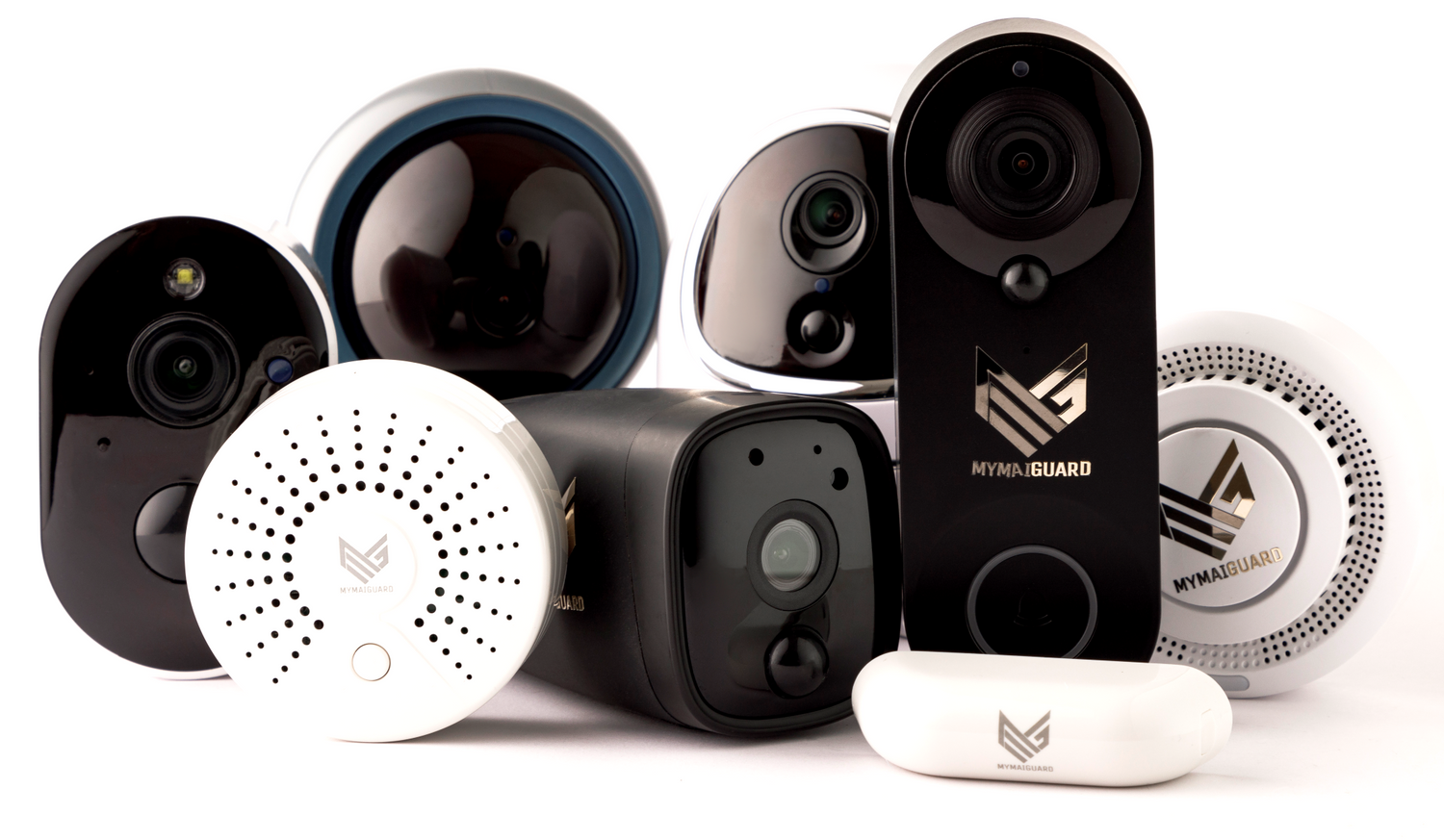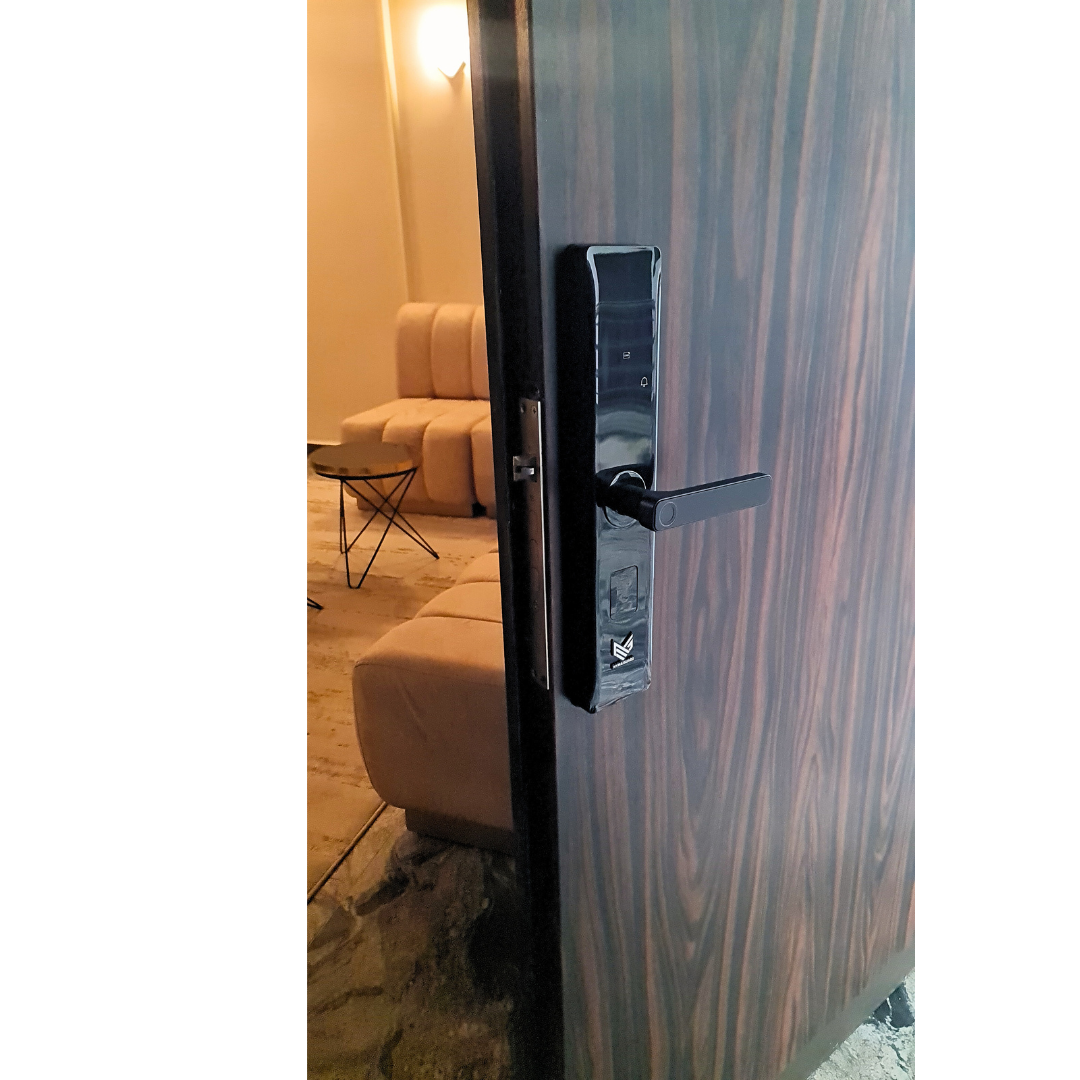Discover how smart CCTV cameras combined with CO₂ gas sensors, thermal sensors, solar PIR detectors, and motion sensors create powerful, reliable home security systems.
Introduction
Modern security is no longer about relying on a single device. A smart CCTV camera can capture footage in real time, but what if it misses critical environmental threats like gas leaks or sudden temperature spikes? Likewise, sensors can detect unusual events, but without visuals, they leave uncertainty.
When cameras and sensors are integrated, they form a layered security system that combines detection, verification, and response. This synergy makes homes, businesses, and industrial sites safer, smarter, and more reliable.
Understanding Smart CCTV Cameras & Sensor Types
Smart CCTV Cameras
Smart CCTV cameras are more than just “digital eyes.” With features like AI-powered detection, facial recognition, night vision, cloud storage, and instant alerts, they offer real-time monitoring and evidence gathering.


CO₂ Gas Sensors
These sensors detect dangerous carbon dioxide levels or smoke, often signaling fire risks or hazardous leaks. When integrated with cameras, they can trigger video recordings to capture the exact moment and location of danger.

Thermal Sensors
Thermal imaging sensors detect heat signatures and temperature changes. They are especially useful in low-light environments, allowing cameras to track intruders or detect overheating equipment.

Solar PIR Alarm Detectors
Powered by solar energy, these Passive Infrared (PIR) detectors identify body heat and movement outdoors. They are ideal for farms, remote areas, and off-grid surveillance, activating cameras when movement is detected.

Motion Sensors
Motion sensors detect physical movement indoors and outdoors. They ensure that cameras only record when activity is present, saving bandwidth and power while minimizing false recordings.

Cameras and Sensors; How They Work Hand in Hand
Triggered Activation
Sensors act as the “alert system.” The moment they detect motion, gas, or heat, they send a signal that prompts the CCTV camera to record or livestream instantly.
Contextual Verification
While sensors detect unusual activity, cameras provide visual confirmation. This prevents unnecessary panic from false alerts and gives users clear proof of what is happening.
Automation & Smart Integration
Modern systems allow automated workflows:
-
A CO₂ sensor detects smoke → the camera records + mobile app sends an alert.
-
A thermal sensor detects heat at night → the camera activates floodlights and captures video.
-
A PIR detector senses movement near a gate → the camera records and triggers an alarm.
Benefits of Multi-Sensor & Camera Integration
-
Layered Security: Covers both environmental (fire, gas leaks) and intrusion threats.
-
Reduced False Alarms: Cameras verify sensor triggers with visual evidence.
-
Energy Efficiency: Cameras stay idle until sensors activate them, conserving power.
-
Reliable Evidence: Combining video + logs provides stronger proof for law enforcement or insurance claims.
-
Peace of Mind: Real-time alerts with verified video reduce stress and uncertainty.
Common Real-World Use Cases
Residential Security
Homeowners pair motion sensors with CCTV cameras to prevent break-ins. A triggered alert shows who entered, reducing false alarms caused by pets or passing cars.
Industrial Safety
Factories integrate thermal and CO₂ sensors with cameras to monitor equipment, detect overheating, and prevent fire hazards. Cameras provide visual logs for audits and compliance.
Remote Sites & Farms
Solar PIR detectors combined with CCTV cameras help monitor large outdoor spaces without needing grid power. They are effective against trespassers and wildlife threats.
Commercial Buildings
Businesses use motion sensors with cameras to track movement in restricted areas, prevent unauthorized entry, and ensure employee safety.
Troubleshooting and Best Practices
-
Minimizing False Alarms: Adjust sensor sensitivity and camera motion zones.
-
Ensuring Privacy: Use masked zones and encrypted storage to protect data.
-
Maintaining Reliability: Regularly check batteries, test sensor calibration, and ensure weatherproofing.
-
Integration Tips: Use compatible ecosystems (Wi-Fi, Zigbee, Z-Wave) to connect multiple devices under one app for seamless monitoring.
- Backup Power: Provide backup power for devices and internet router for uninterrupted security and continuous connectivity.
Conclusion
Smart CCTV cameras and advanced sensors are not competitors but collaborators. While cameras capture what’s happening, sensors detect when and where to look. Together, they form a proactive, intelligent security system that protects against intrusions, environmental threats, and emergencies.
What makes this even more powerful is the MyMaiGuard App, which acts as the command center for your entire security ecosystem. From a single dashboard, you can:
-
View live CCTV footage from anywhere.
-
Receive instant alerts from motion, thermal, gas, and PIR sensors.
-
Automate responses like switching on floodlights, triggering alarms, or recording footage.
-
Store evidence securely on the cloud or locally.
This integration means your home or business is always connected, monitored, and protected in real-time, no matter where you are.
With Mymaiguard Smart Security + App, you’re not just buying devices you’re investing in a complete, intelligent security solution designed for any condition. Visit our website www.mymaiguard.com to explore all the devices mentioned above.
FAQs
1. How do CO₂ sensors and cameras improve fire safety?
When gas or smoke is detected, cameras provide real-time visuals, helping identify the source of danger quickly.
2. Are solar PIR detectors reliable in cloudy or rainy conditions?
Yes, most modern solar PIR detectors store backup energy, making them effective even in poor weather.
3. Do motion sensors work at night without lights?
Yes, motion sensors detect movement regardless of lighting. Paired with infrared cameras, they work 24/7.
4. What’s the best way to integrate all sensors with smart cameras in one system?
Choose devices that support the same platform or ecosystem (e.g., Mymaiguard App available on Google Playstore and App store, Google Home, Alexa, ) for seamless integration.
Written by: Osagie Omonriawo


